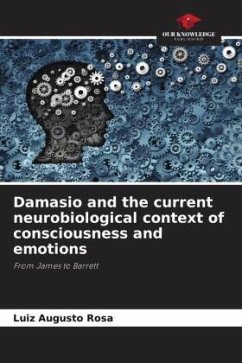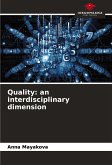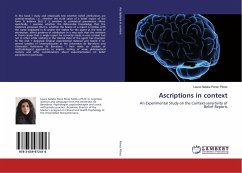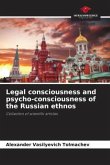The ultimate aim of this work was to analyse Damasio's theory of consciousness and emotions in the current neurobiological context. To this end, a wide-ranging literature review was carried out on the main aspects of these issues in neuroscience, from the work of Crick and Koch in the 1990s to the most recent models of perceptual and emotional consciousness, such as the recent work of Koch and Tononi and the work of LeDoux and Barrett. Next, Damasio's theory of consciousness and emotions itself was analysed, discussing its divergences and convergences with other models, such as James' influences on his work and its similarities and differences with Panksepp's affectivist model. The paper ends with a more detailed analysis of the place of Damasio's work in contemporary neurobiology, comparing it with Barrett and Russell's constructivist model and LeDoux's current high-order model of emotions, as well as analysing some conceptual problems with Damasio's work and its place in the Philosophy of Mind.
Bitte wählen Sie Ihr Anliegen aus.
Rechnungen
Retourenschein anfordern
Bestellstatus
Storno








